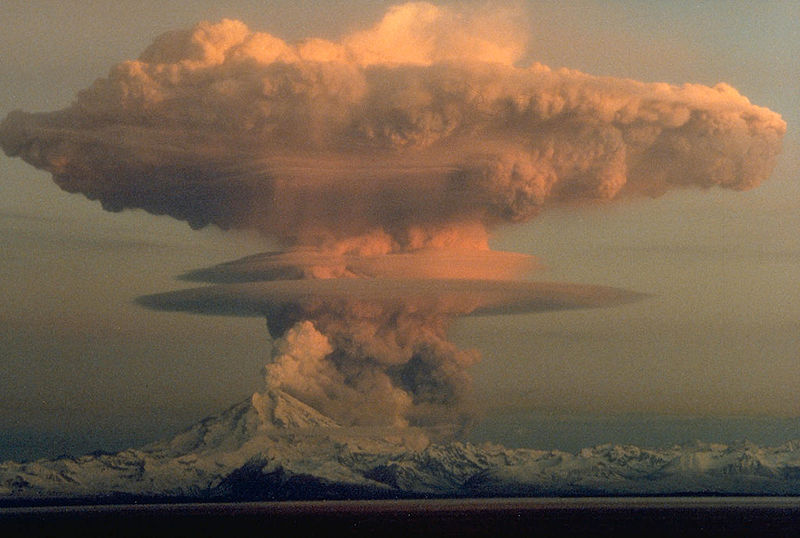Cross-posted from Climate Progress.
The International Energy Agency (IEA) has issued yet another clarion call for urgent action on climate. Their 2011 World Energy Outlook (WEO) release should end once and for all any notion that delay is the rational course for the nation and the world.
The U.K. Guardian‘s headline captures the urgency:
World headed for irreversible climate change in five years, IEA warns
If fossil fuel infrastructure is not rapidly changed, the world will ‘lose forever’ the chance to avoid dangerous climate change
We must start aggressively deploying clean energy now through myriad policies, including a price on carbon. That has been the conclusion of most authoritative studies, of course, including the recent one by California’s independent state science and technology advisory panel.
The IEA report deserves the label “bombshell,” though, because for most of the past two decades, the IEA was the source of bland, conservative, business-as-usual analysis. When I was acting assistant secretary of energy for energy efficiency and renewable energy in 1997, no one at the Department of Energy paid much attention to IEA reports. And that perspective continued through most of the 2000s.
But in just the last few years, they have woken up to the risks posed to peak oil — and especially climate change. In releasing its 2009 WEO, the IEA warned, “The world will have to spend an extra $500 billion to cut carbon emissions for each year it delays implementing a major assault on global warming.”
Now the IEA has done the calculation a different way, concluding, “Delaying action is a false economy: For every $1 of investment in cleaner technology that is avoided in the power sector before 2020, an additional $4.30 would need to be spent after 2020 to compensate for the increased emissions.” Those who counsel waiting for breakthrough technologies are urging us on a path that is unsustainable, irreversible, potentially catastrophic, and economically indefensible, according to the IEA.
The IEA is one of the few organizations in the world with a sophisticated enough global energy model to do credible (i.e. non-hand-waving) projections of the cost of different emissions pathways and the costs of delaying efforts to achieve them. Their 2008 analysis of the 2 degrees C (3.6 degrees F) warming pathway demonstrated that the total shift in investment needed to stabilize at 450 parts per million (ppm) is only about 1.1 percent of GDP per year — and that is not a “cost” or hit to GDP, because much of that investment goes towards saving expensive fuel.
The new analysis shows that because of soaring emissions, we are running out of time for the “450 Scenario.” We are at risk of irreversibly “locking in” dangerous warming — a point I agree with mostly, but not entirely:
“[W]e cannot continue to rely on insecure and environmentally unsustainable uses of energy,” said IEA Executive Director Maria van der Hoeven. “Governments need to introduce stronger measures to drive investment in efficient and low-carbon technologies.” …
“As each year passes without clear signals to drive investment in clean energy, the ‘lock-in’ of high-carbon infrastructure is making it harder and more expensive to meet our energy security and climate goals,” said Fatih Birol, IEA Chief Economist. The WEO presents a 450 Scenario, which traces an energy path consistent with meeting the globally agreed goal of limiting the temperature rise to 2 degrees C. Four-fifths of the total energy-related CO2 emissions permitted to 2035 in the 450 Scenario are already locked in by existing capital stock, including power stations, buildings and factories. Without further action by 2017, the energy-related infrastructure then in place would generate all the CO2 emissions allowed in the 450 Scenario up to 2035. Delaying action is a false economy: For every $1 of investment in cleaner technology that is avoided in the power sector before 2020, an additional $4.30 would need to be spent after 2020 to compensate for the increased emissions.
The IEA has created an intermediate scenario between 2 degrees C (3.6 degrees F) and 6 degrees C (10.8 degrees F) warming — “the WEO’s central New Policies Scenario, which assumes that recent government commitments are implemented in a cautious manner”:
In the New Policies Scenario, world primary demand for energy increases by one-third between 2010 and 2035 and energy-related CO2 emissions increase by 20 percent, following a trajectory consistent with a long-term rise in the average global temperature in excess of 3.5 degrees C [6.3 degrees F]. A lower rate of global economic growth in the short term would make only a marginal difference to longer-term energy and climate trends.
Sorry, cautious governments, but warming greater than 3.5 degrees C (6.3 degrees F) doesn’t avert multiple catastrophes, it invites them.
So where do I differ from the IEA? They write:
If internationally co-ordinated action is not taken by 2017, we project that all permissible emissions in the 450 Scenario would come from the infrastructure then existing, so that all new infrastructure from then until 2035 would need to be zero-carbon, unless emitting infrastructure is retired before the end of its economic lifetime to make headroom for new investment. This would theoretically be possible at very high cost, but is probably not practicable politically.
It is certainly true that shutting down existing fossil fuel infrastructure before the end of its economic lifetime is far, far more costly than not building it in the first place. And it’s also true that such shutdowns would be politically very difficult.
But everything about the 450 scenario is politically difficult, as I have been saying for years.
The key point is that in the 2020s, the world is going to be considerably more desperate than we are now. The evidence of human-caused climate change will be difficult for all but the most extreme deniers to ignore. The Arctic will very likely be virtually ice-free in September by then. The amplifying carbon-cycle feedbacks will probably have started to kick in.
We will be subjected to increasingly devastating extreme weather, where the record-smashing superstorms of the last 18 months will increasingly just be the normal weather — and we’ll start to see what really extreme weather is like. Dust-bowlification will be setting in, and it will be pretty darn obvious that feeding 8 billion people (and then 9 and maybe 10) will be the great task of humanity for the rest of the century.
In short, most policymakers will realize that we are on path to the self-destruction of modern civilization. So things that are viewed as politically impracticable now will, I think, be taken very seriously in the 2020s. That doesn’t mean the world will still get its act together in time. Indeed, because of the higher emissions and feedbacks, the effort required to avert catastrophe will be considerably greater then. That’s the whole point of the IEA statement, “Delaying action is a false economy: For every $1 of investment in cleaner technology that is avoided in the power sector before 2020, an additional $4.30 would need to be spent after 2020 to compensate for the increased emissions.”
But we may yet find our Churchill, and that means we may yet adopt a World War II-style and -scale effort. And as in WWII, we converted a great deal of manufacturing infrastructure to wartime purposes before the end of its economic lifetime. That can’t be considered a likely scenario for the 2020s, but it’s far from impossible, and may be our only hope.



